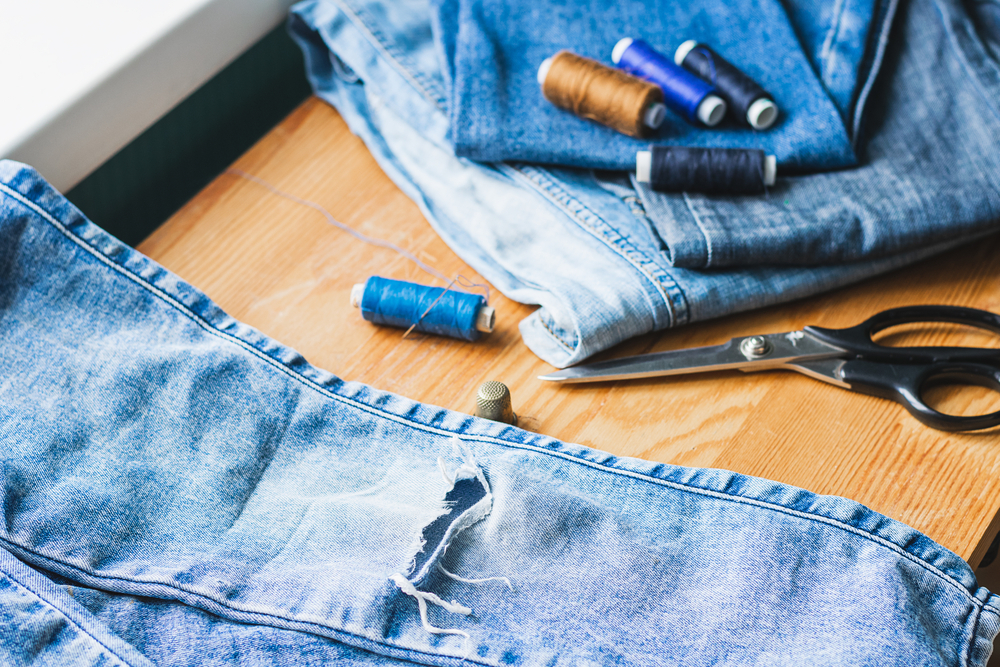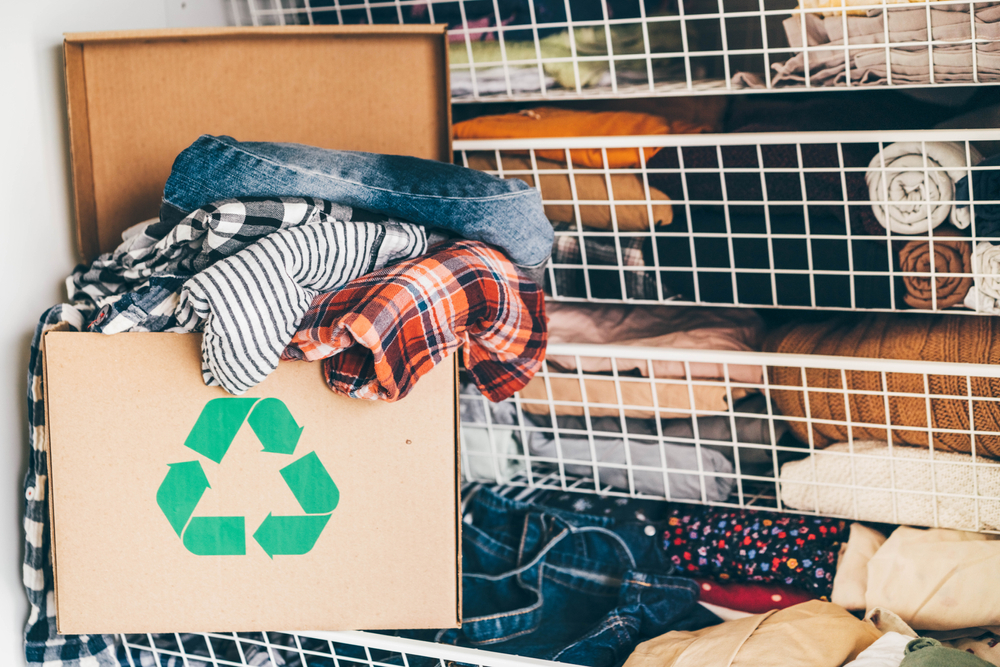You don’t need us to tell you that we’re living in a climate emergency. The Earth is warming at a rapid rate as toxic levels of greenhouse gasses and harmful emission are being released into the atmosphere at an alarming rate.
There are many culprits behind climate change, including oil companies, car manufacturers and energy providers, but one of the biggest contributors might surprise you: the textile industry. When you consider everyone needs clothes, it’s no surprise that clothing businesses contribute to global warming and environment destruction, but you might be surprised at just how bad they actually are.
For perspective, the textile industry fells over 70 million trees every year, uses more than 1.5 trillion liters of water and releases 10% of all the carbon emissions in the world. These are alarming statistics and are enough to surprise anyone into wanting to make a positive change with regards to their attitude towards clothing.
It’s only natural to want to buy new clothes, and there’s nothing wrong with having an interest in fashion. The climate emergency doesn’t mean you can’t treat yourself to new clothes, you just need to be more sustainable about it, and here’s how.
1. Recycle What You Have
It goes without saying that the first step to being sustainable is to recycle what you already have. We’re all guilty of thinking we have no nice clothes, but that’s very often not the case. Unless it’s a statement piece, there are so many ways you can rework what you have to suit current trends. For example, if you have a basic spaghetti strap vest top and want to make it more stylish to wear now, consider adding a statement trim. If you have an old lace top, you could fashion a trim from that to add to your stop.

Other ways you can recycle what you already have include adding patches to trouser pockets, changing the cut of a dress by amending the hem, and painting a pattern on a pair of old trainers. It will feel like you have a brand new item without having to buy one which is the key to being sustainable.
In a similar fashion, try and fix up broken items. If you have a small hole in a garment or if your bracelet clasp is broken, rather than instinctively replacing the items, try and fix them instead. There are lots of tutorials online, and there are a number of professionals, too.
2. Thrift Clothes
Fast fashion is one of the main culprits behind the textile industry’s impact on the planet. It’s called fast fashion because trends come and go in the blink of an eye, and buying clothes is both fast and cheap thanks to online shopping. As a result of rapidly changing trends, people throw out clothes regularly, and that makes thrift stores and charity shops a goldmine for shopping.
Where possible, check a thrift store first, especially if you’re looking for something like jeans, bags, homeware and statement jackets. You might not find everything you need in a thrift store, but every purchase that is not from fast fashion is making a difference.
3. Borrow Items
Sharing clothes isn’t just for sisters in teen-hood, anyone can do it! If your friend has the perfect item for an event you’re going to and you’re the same size, ask them if you can borrow the garment. Odds are, they won’t mind so long as you look after it, don’t damage it and return it clean. This open policy will greatly reduce the need to buy new clothes for every day or night out, and it will save you money, too.
In a similar manner, more and more clothing hire businesses are popping up. Whether you’re renting a suit for your wedding day or a dress for a special occasion, hiring clothes is cheaper, sustainable and will save on wardrobe space for an item you’re unlikely to wear again.
4. The Three-Way-Wear Test
Oftentimes, people turn to fast fashion when they can’t figure out what to wear. This is because a lot of people lack the natural ability to style things multiple ways. If you do choose to shop for an item, ask yourself if you can wear it three ways. For example, you could wear an oversized shirt with jeans, with a unitard and as a dress. This makes it a versatile piece that gives you three unique outfits you can wear time and again, resulting in a versatile and ultimately sustainable piece.
If you’re struggling for ways to wear something, have a look at look books online curated by fashion-centric people who are experts in combining pieces in ways most of us would never think of.
Summary
These are just four ways you can shop more sustainably. Will you be trying any of them?



 Bitcoin
Bitcoin  Ethereum
Ethereum  Tether
Tether  XRP
XRP  Solana
Solana  USDC
USDC  TRON
TRON  Cardano
Cardano  Lido Staked Ether
Lido Staked Ether  Avalanche
Avalanche  Toncoin
Toncoin